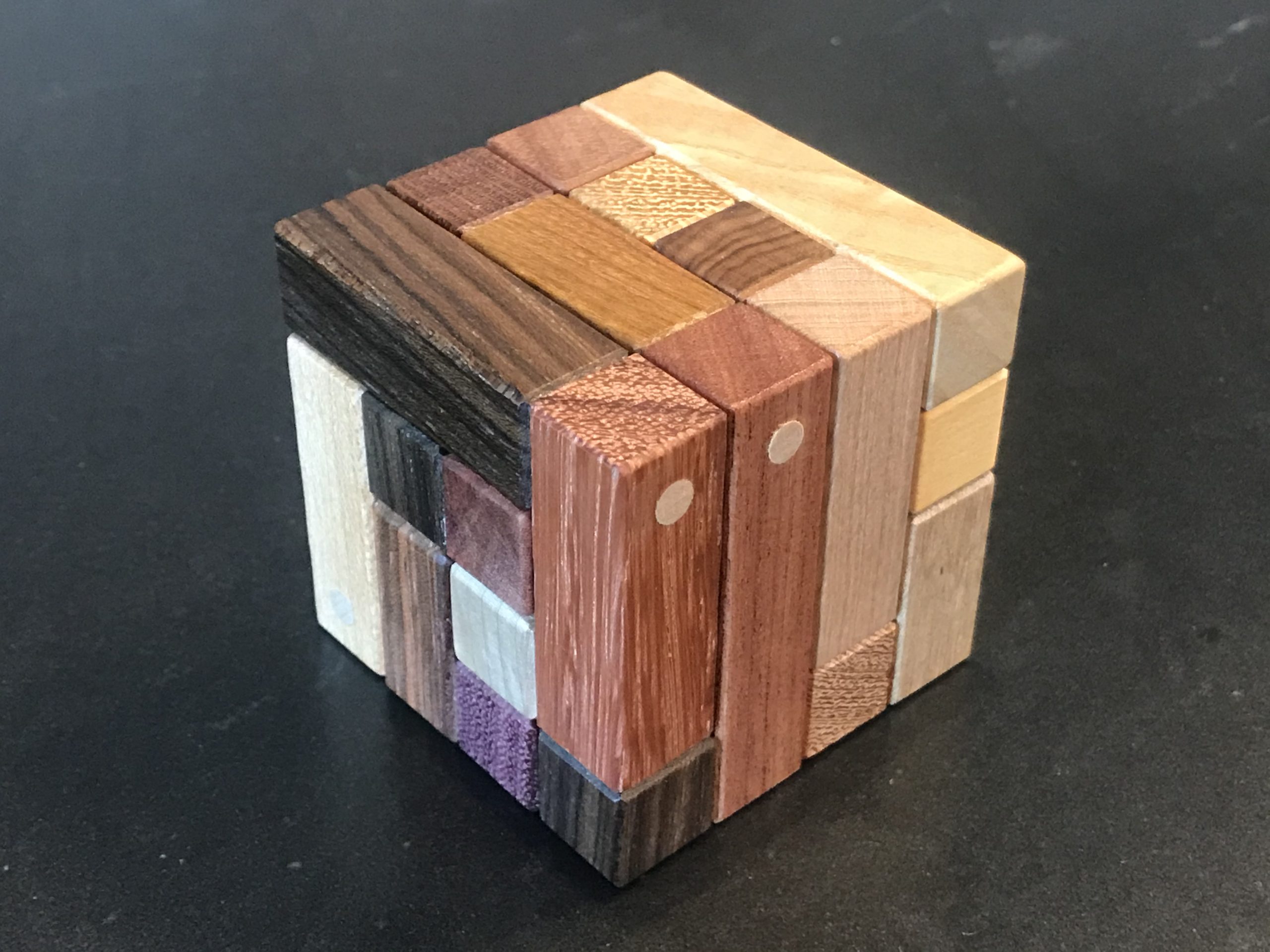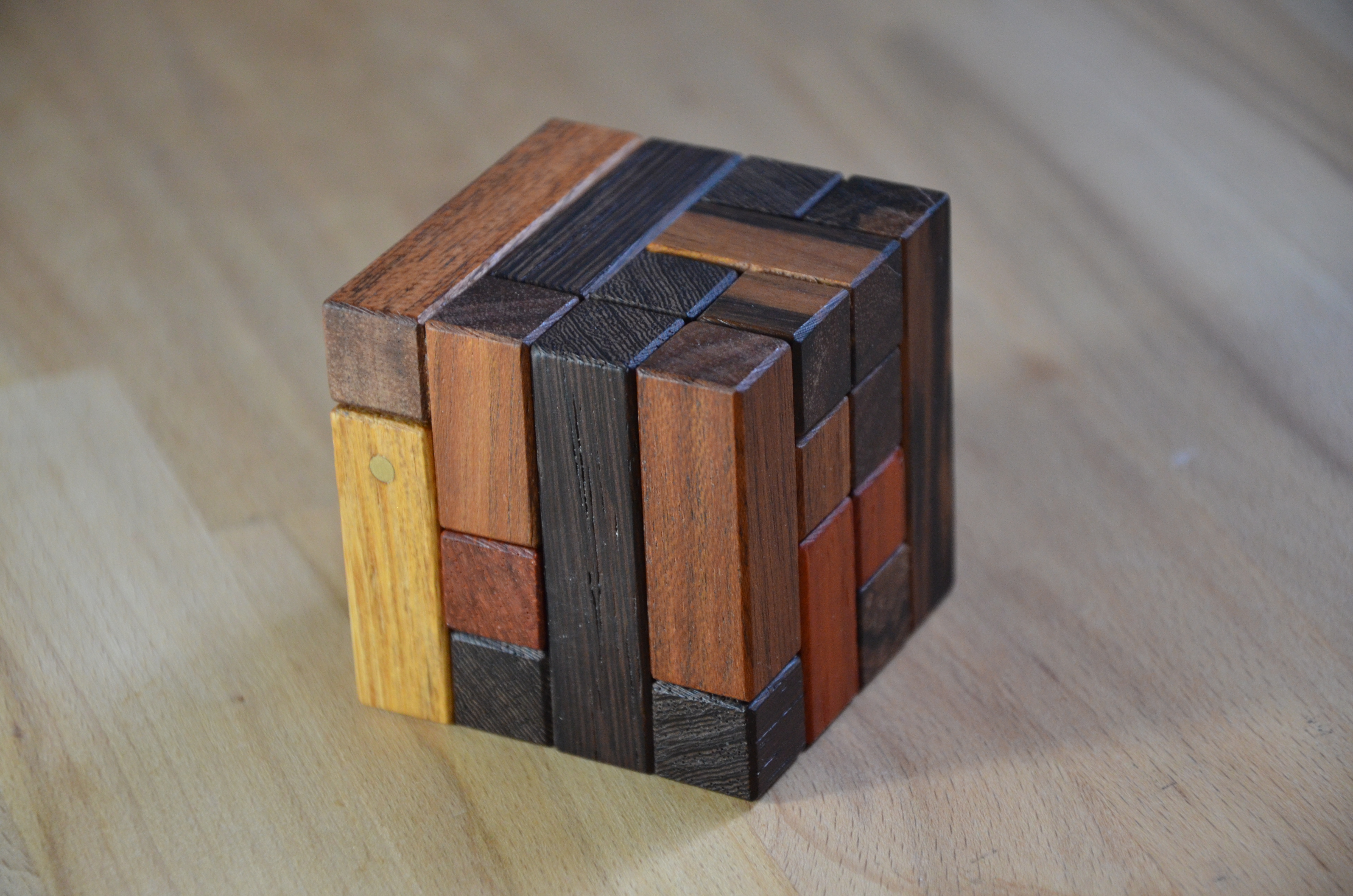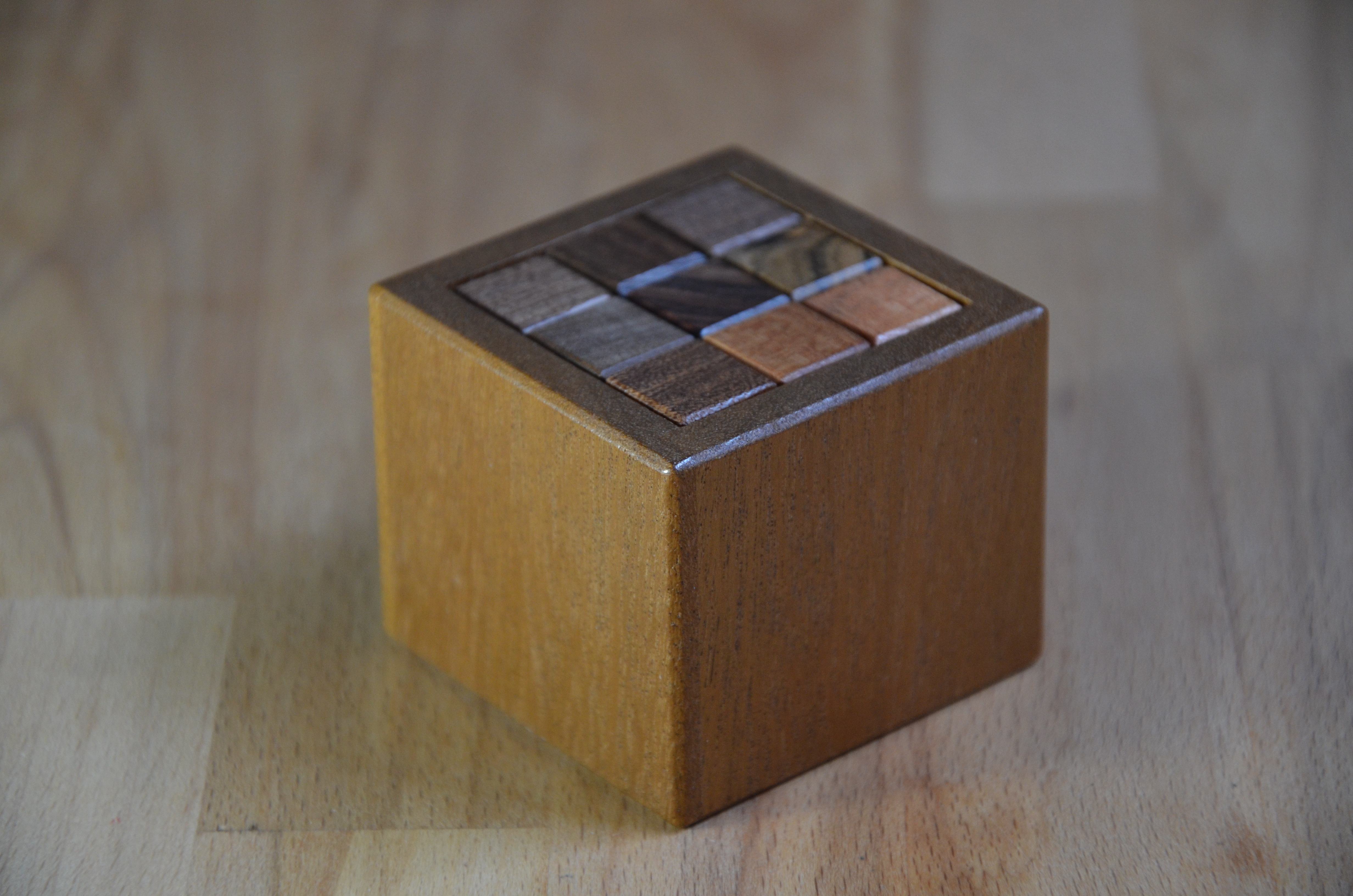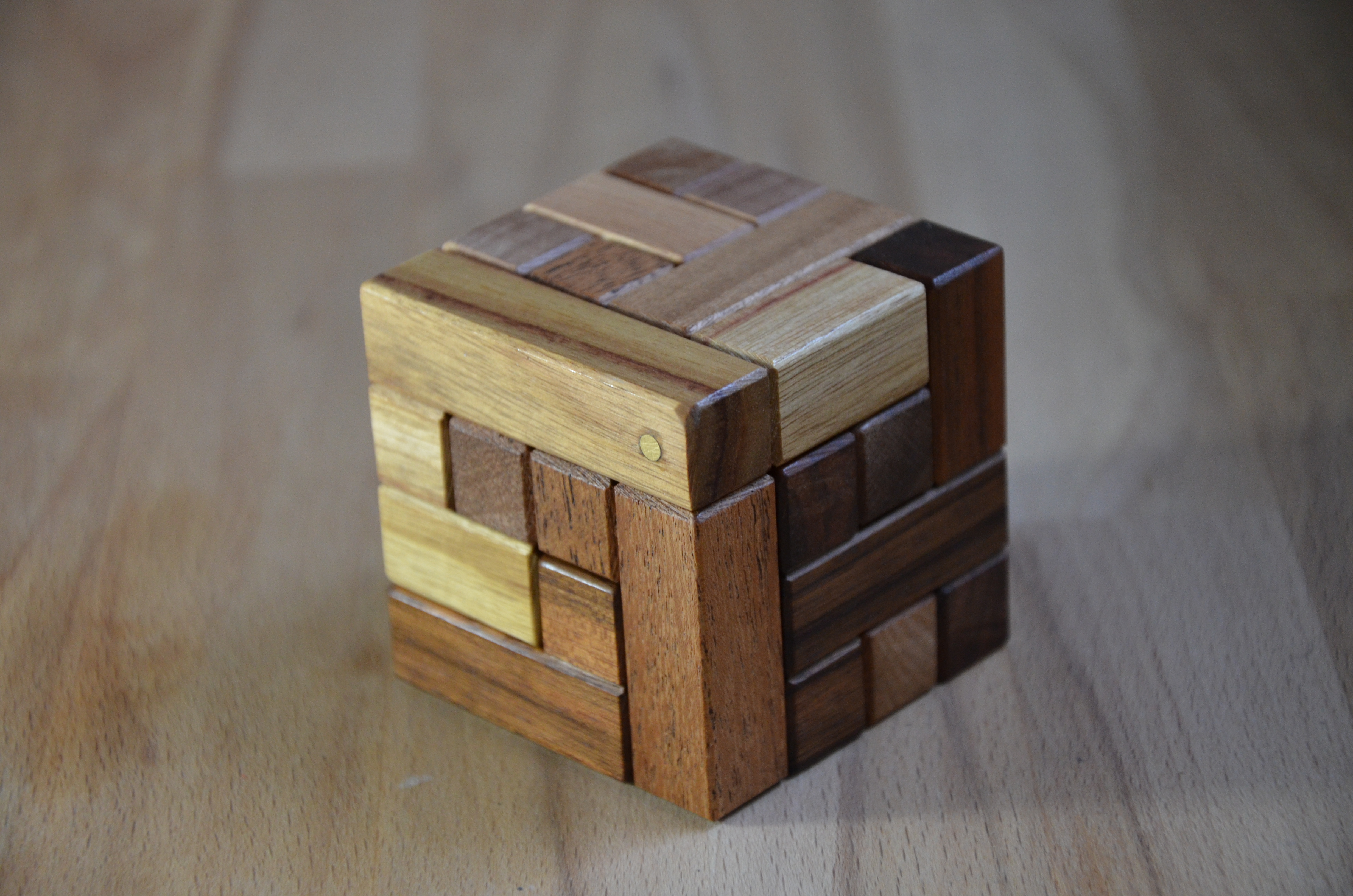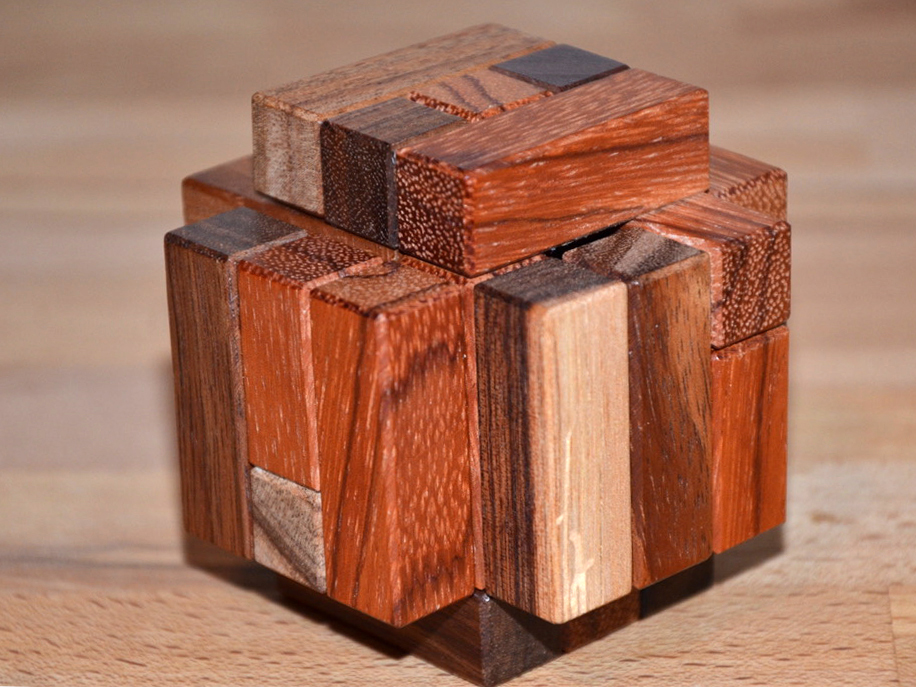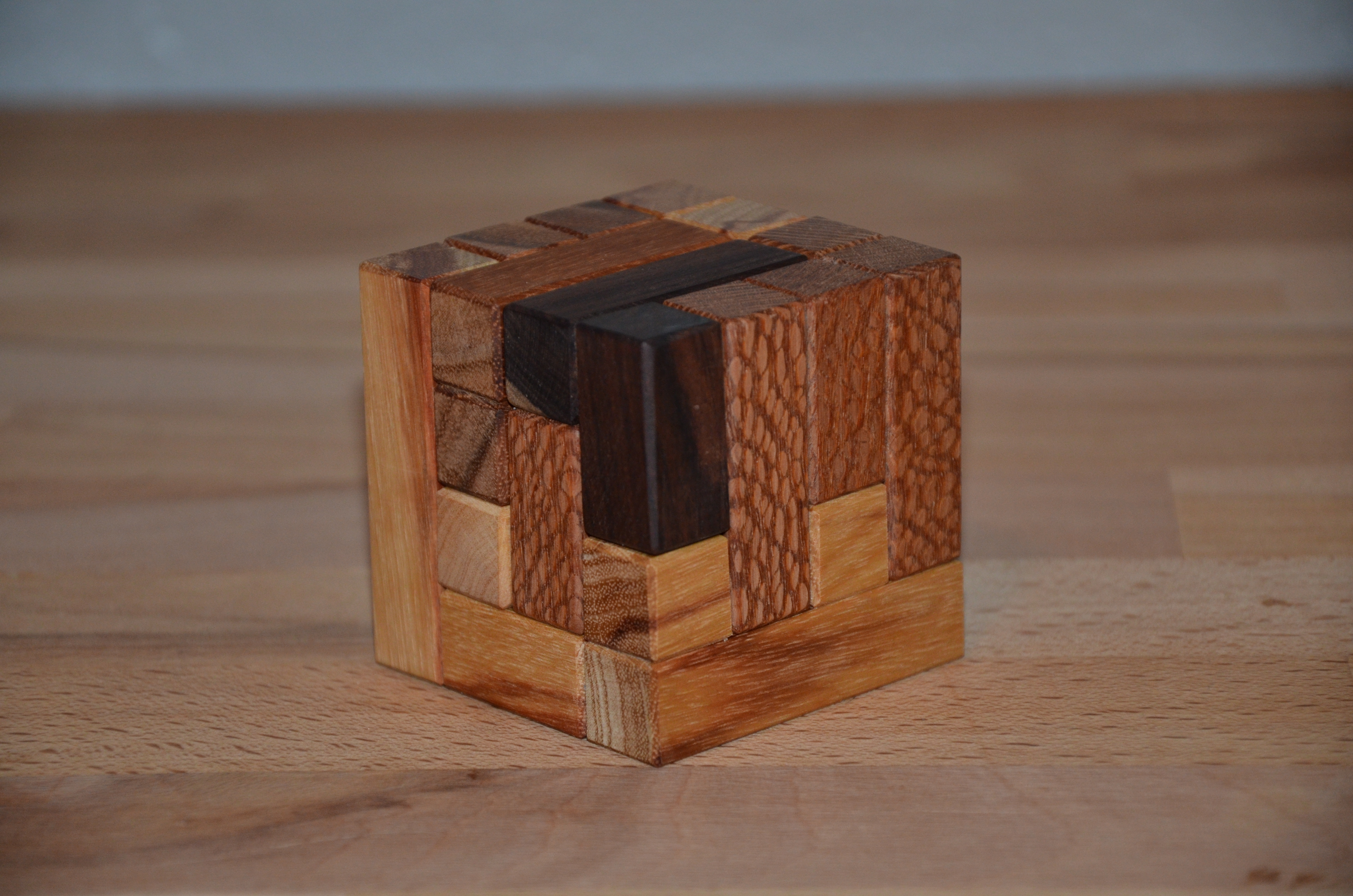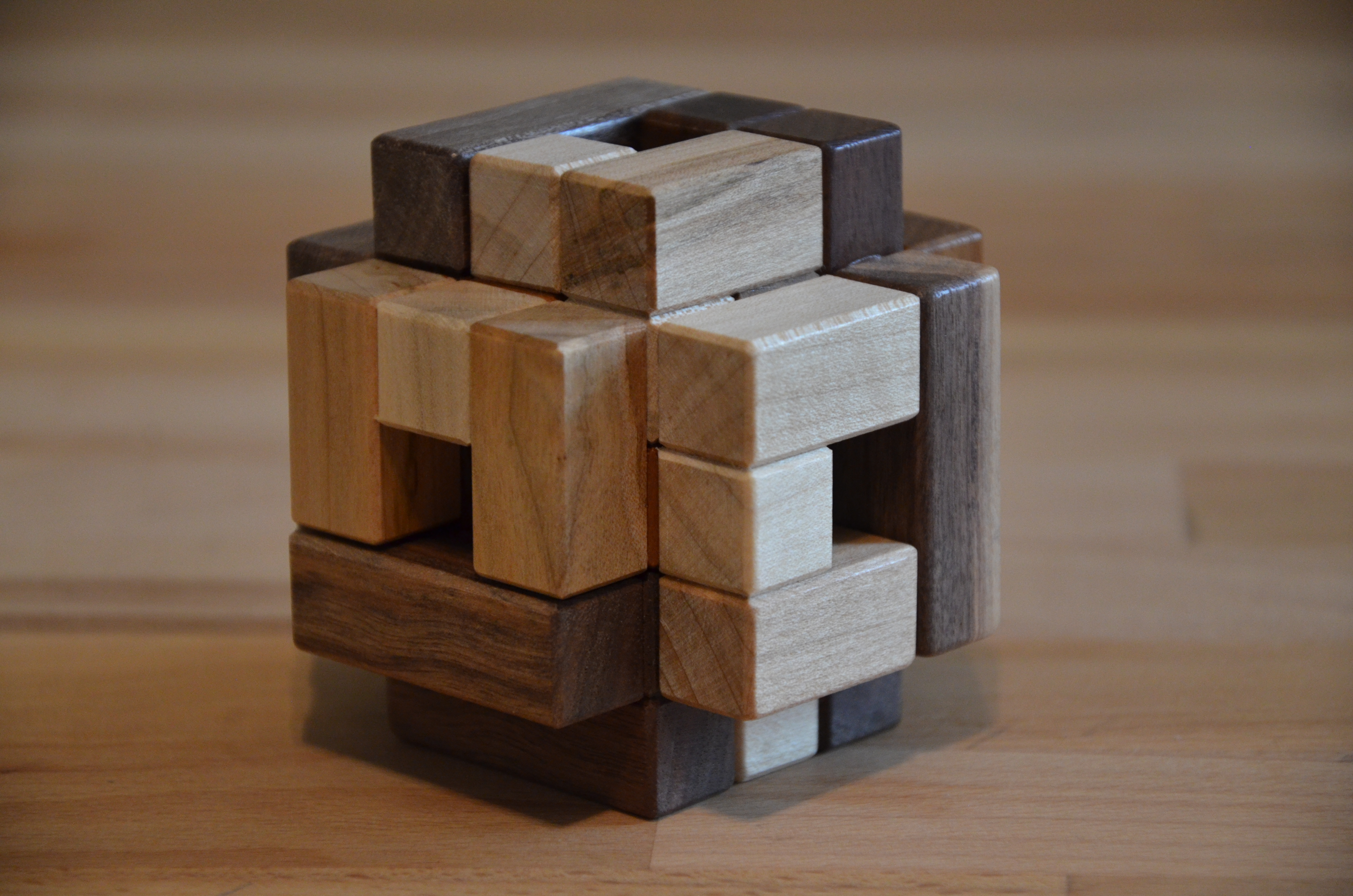Woodwonders
-
Read More: TwisTIC – Andrew CrowellIt’s been a while since I worked a TIC puzzle and I managed to grab…
-
Read More: Bouquet – Christoph LoheI’ve been working on this puzzle on and off for a few weeks now and…
-
Read More: LunaTIC – Andrew CrowellWell, after a fairly long break, I’m back in the saddle again! This time I…
-
Read More: PackTIC #7 – Andrew CrowellThis week I have another TIC from Woodwonders. It’s PackTIC #7 and boy, did this…
-
Read More: FanaTIC – Andrew CrowellWow! I am sure excited for this one. I have FanaTIC designed by Andrew Crowell…
-
Read More: Inelegant Cube – Haym HirshToday, I have the Inelegant Cube designed by Haym Hirsh and beautifully crafted by Brian…
-
Read More: Six Face – Andrew CrowellThis week, I have Six Face – designed by Andrew Crowell and crafted by Brian…
-
Read More: giganTIC – Andrew CrowellToday, I visit giganTIC designed by Andrew Crowell and wonderfully crafted by Brian Manold over…
-
Read More: Six Rings #2 – Andrew CrowellToday, I’m looking at a puzzle designed by Andrew Crowell and built by Brian Menold…
